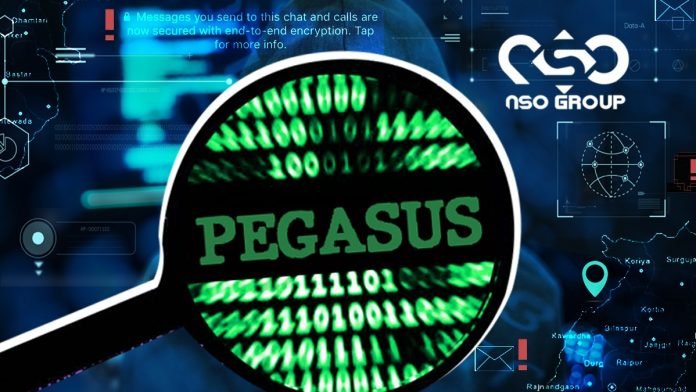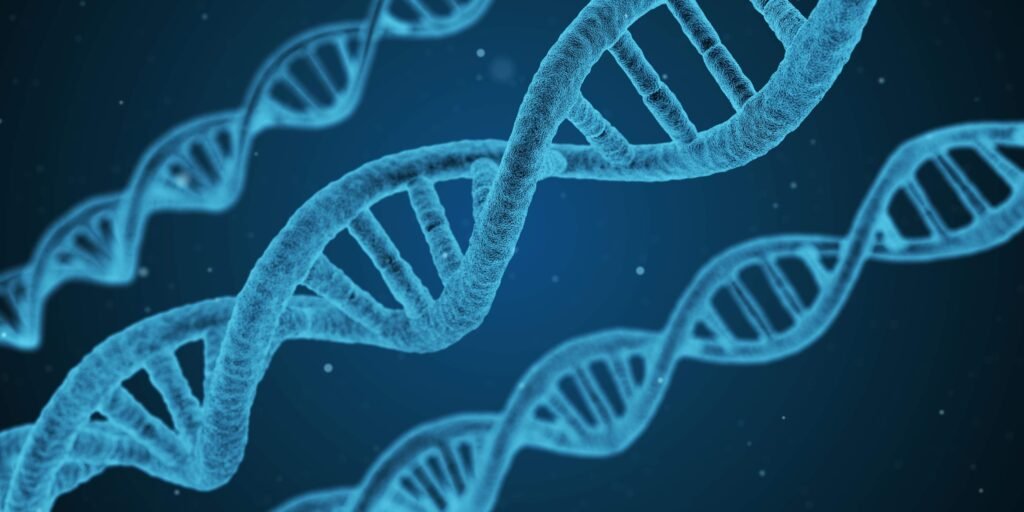Blog
July 19th Current Affairs
- July 19, 2021
- Posted by: admin
- Category: Culture Current Affairs Daily News Defense & Security Disaster Management Economy Education Environment & Ecology Ethics Geography Governance Health History International Relation Persons in News Polity Science & Technology Social Issues Sports Uncategorized UPSC Notification Videos
1. MH-60r Multi Role Helicopters.

IN NEWS:
Indian Navy accepted the first two of its MH-60R Multi Role Helicopters (MRH) from US Navy in a ceremony held at Naval Air Station North Island, San Diego on 16th July 2021.
KEY POINTS:
- The ceremony marked the formal transfer of these helicopters from US Navy to Indian Navy, which were accepted by His Excellency Taranjit Singh Sandhu, Indian Ambassador to USA.
- The ceremony also witnessed exchange of helicopter documents between Vice Adm Kenneth Whitesell, Commander Naval Air Forces, US Navy and Vice Adm Ravneet Singh, Deputy Chief of Naval Staff (DCNS), Indian Navy.
- MH-60R helicopters manufactured by Lockheed Martin Corporation, USA is an all-weather helicopter designed to support multiple missions with state of the art avionics/ sensors.
- 24 of these helicopters are being procured under Foreign Military Sales from the US Government. The helicopters would also be modified with several India Unique Equipment and weapons.
- The induction of these MRH would further enhance Indian Navy’s three dimensional capabilities.
- In order to exploit these potent helicopters, the first batch of Indian crew is presently undergoing training in USA.
SOURCE:TH
2. Moon’s Wobble Effect.

IN NEWS:
Recently, the National Aeronautics and Space Administration (NASA) has highlighted Moon’s Wobble as a potential problem in the near future.
KEY POINTS:
Moon’s Wobble:
- When the Moon makes its elliptical orbit, its velocity varies and alters causing our perspective of the “light side” to appear at slightly different angles.
- This is what it calls the Moon’s wobble or that is how it appears to our eyes.
- It is a cyclical shift in the moon’s orbit, it is a regular swaying (Oscillation) in the moon’s orbit.
- It was first documented way back in 1728. This wobble takes over an 18.6-year period to complete. It acts as a background of sea level rise.
Impact of Wobble on Earth:
- The moon wobble impacts the gravitational pull of the moon, and therefore, indirectly influences the ebb and flow of tides on the Earth.
- Each wobble cycle has the power to amplify and suppress the tides on Earth.
- During half of the Moon’s orbit of 18.6 years, the Earth’s regular tides are suppressed i.e. high tides are lower than normal and low tides higher than normal (Current situation).
- In the other half, the effect is reversed, which is called the tide-amplifying phase of the Moon.
SOURCE:IE
3. Pegasus spyware.

IN NEWS:
Pegasus spyware has been used to conduct surveillance on ministers, opposition leaders, journalists, government officials and scientists of India.
KEY POINTS:
- Phone numbers of around 40 Indian journalists were found in a leaked list of potential targets for surveillance. Forensic tests done on the list has confirmed that an unidentified agency has successfully snooped some of them using the Pegasus software.
- Indian ministers, opposition leaders, government officials, and businessmen also figure in the leaked list of people.
- The leaked database has around 50,000 phone numbers from around the globe. Names of the others who have been suspected to have been targeted by using this software will be revealed later.
- This leaked database was accessed by Forbidden stories and Amnesty International and was shared with The Wire, Le Monde, The Guardian, The Washington Post and others as part of an investigation named the Pegasus Project.
- India was among the 10 countries in the list with the most numbers and Mexico topped the list with 15,000 numbers.
- A large share of the numbers was also from West Asian countries such as Bahrain, UAE, and Saudi Arabia, with Pakistan, Hungary and France being the other prominent countries on the list.
SOURCE:IE
4. NBDriver.

IN NEWS:
Researchers at IIT Madras have developed an AI tool called NBDriver (neighbourhood driver) for use in analysing cancer-causing mutations in cells.
KEY POINTS:
- By looking at the neighbourhood, or context, of a mutation in the genome, it can look at harmful “driver” mutations and distinguish them from neutral “passenger” mutations.
- This technique of looking at the genomic neighbourhood to make out the nature of the mutation is a novel and largely unexplored one.
- The nature of the mutation depends on the neighbourhood, and how this tool may be used to draw the line between driver and passenger mutations.
- The method of distinguishing between driver and passenger mutations solely by looking at the neighbourhood is novel.
SOURCE:PIB
